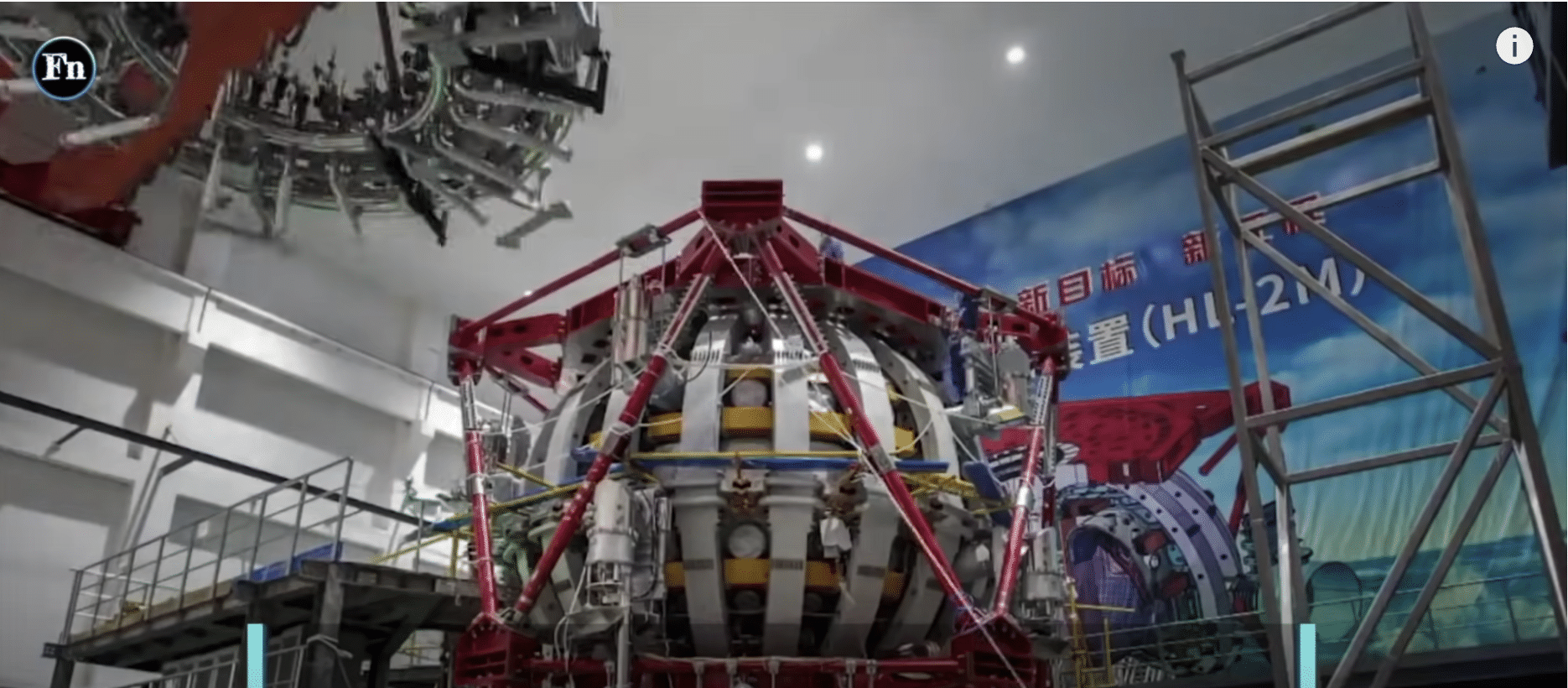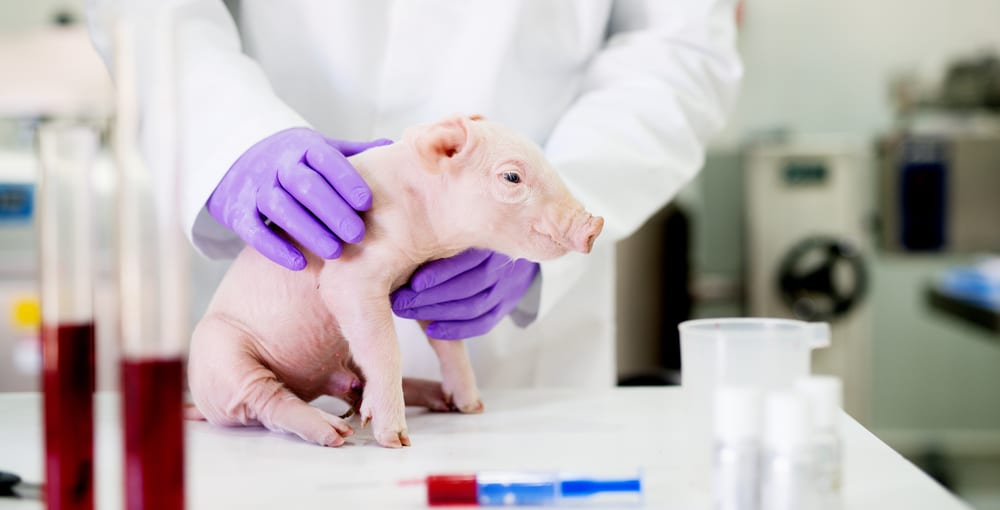China’s “artificial sun” set a world record on Wednesday night by generating and maintaining extremely hot, highly confined plasma for nearly seven minutes.
According to SCMP, The Experimental Advanced Superconducting Tokamak (EAST) in the city of Hefei in eastern China generated and sustained plasma for 403 seconds, breaking its previous record of 101 seconds in 2017 and marking another key step towards building high-efficiency, low-cost thermonuclear fusion reactors.
“The main significance of this new breakthrough lies in its ‘high-confinement mode’, under which the temperature and density of the plasma increase significantly,” said Song Yuntao, director of the Institute of Plasma Physics under the Chinese Academy of Sciences, which built EAST.
State news agency Xinhua quoted Song as saying the work laid a solid foundation for improving the technical and economic feasibility of fusion reactors. Nuclear fusion – the same process through which our sun generates light and heat – is seen as a safe, clean, and near-limitless energy source.
For decades, scientists have worked to develop “artificial suns” by heating hydrogen atoms to above 100 million degrees Celsius (180 million degrees Fahrenheit) and confining them long enough so they can merge into heavier atoms, releasing enormous energy in the process.
EAST, which began operating in 2006, represents one of the most promising paths toward controlled nuclear fusion. It conducted more than 120,000 experiments to reach the latest milestone.
“The record is also a big step forward for our team in terms of fundamental physics research, fusion engineering, and project operation and maintenance,” Song was quoted as saying.
Song said his team had worked day and night for an entire week to achieve the record-breaking operation, and that “tonight would be another sleepless night [for celebration]”.
















